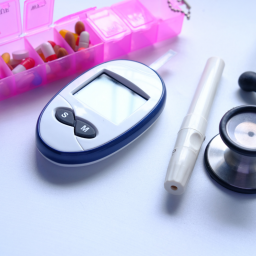
Glucose is a simple sugar and one of the bodies core sources of energy. When glucose levels in the bloodstream aren’t regulated you can develop serious conditions, such as diabetes. You get most of your glucose from carbohydrates such as rice, pasta, grain, potatoes, and processed sweets. To properly manage your glucose levels, you need to understand what the numbers mean.
- Hypoglycemia: Less than 50 mg/dl (dangerously low)
- At risk: Between 70-50 mg/dl (low)
- Normal: Between 100-70 mg/dl
- Borderline: Between 120-180 mg/dl
- At risk: Between 200-280 mg/dl (high)
- Hyperglycemia: More than 300 mg/dl (dangerously high)
Hypoglycemia occurs when your glucose levels fall dangerously low, most people begin to feel symptoms when their glucose reaches 70 mg/dl. Some of these symptoms include,
- Confusion
- Dizziness
- Shaky feeling
- Hunger
- Headaches
- Irritability
- Racing pulse
- Pale skin
- Sweating
- Trembling
- Weakness
- Anxiety
Hyperglycemia occurs when your glucose levels become dangerously high, you may start to experience symptoms when your glucose reaches 180 mg/dl. Some of these symptoms include,
- Increased thirst
- Headaches
- Trouble concentrating
- Blurred vision
- Frequent urination
- Fatigue
- Weight loss
Having type 2 diabetes affects the way your body regulates glucose and can put you at a greater risk for hypo and hyperglycemia.
If you are experiencing these symptoms it is important to contact your doctor!
References:





